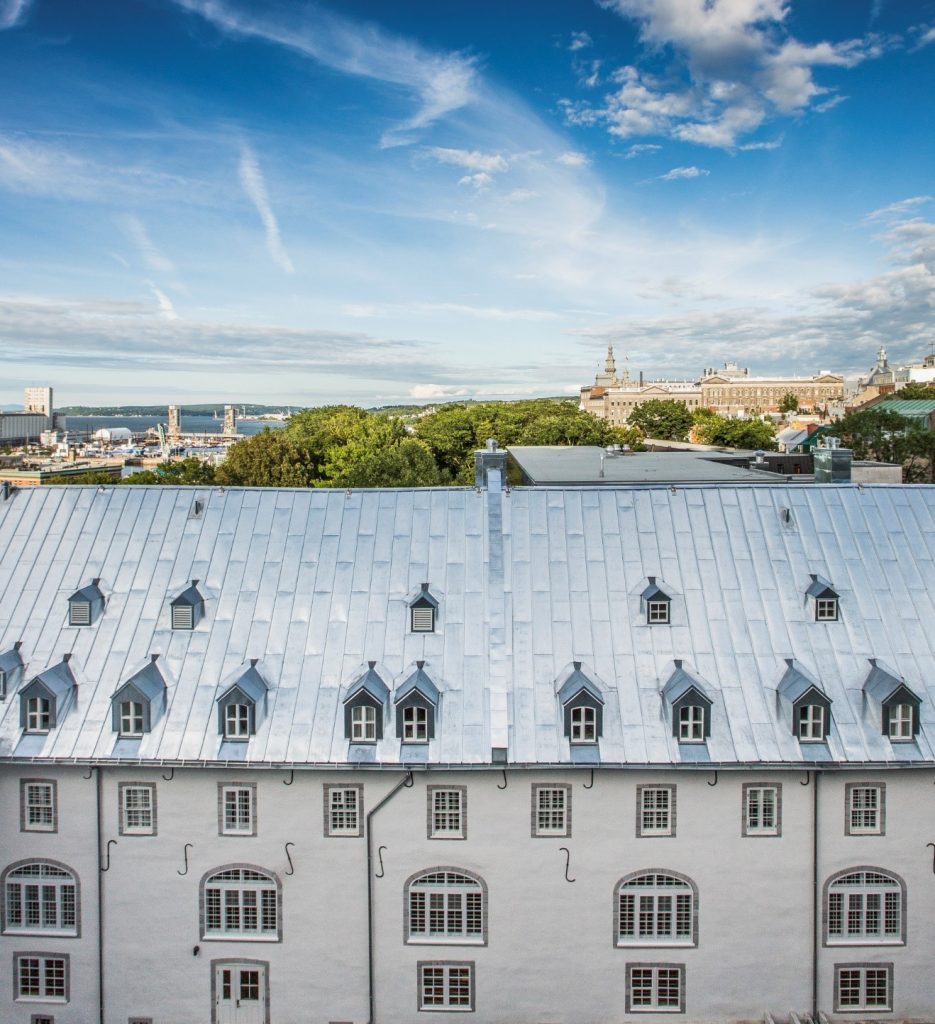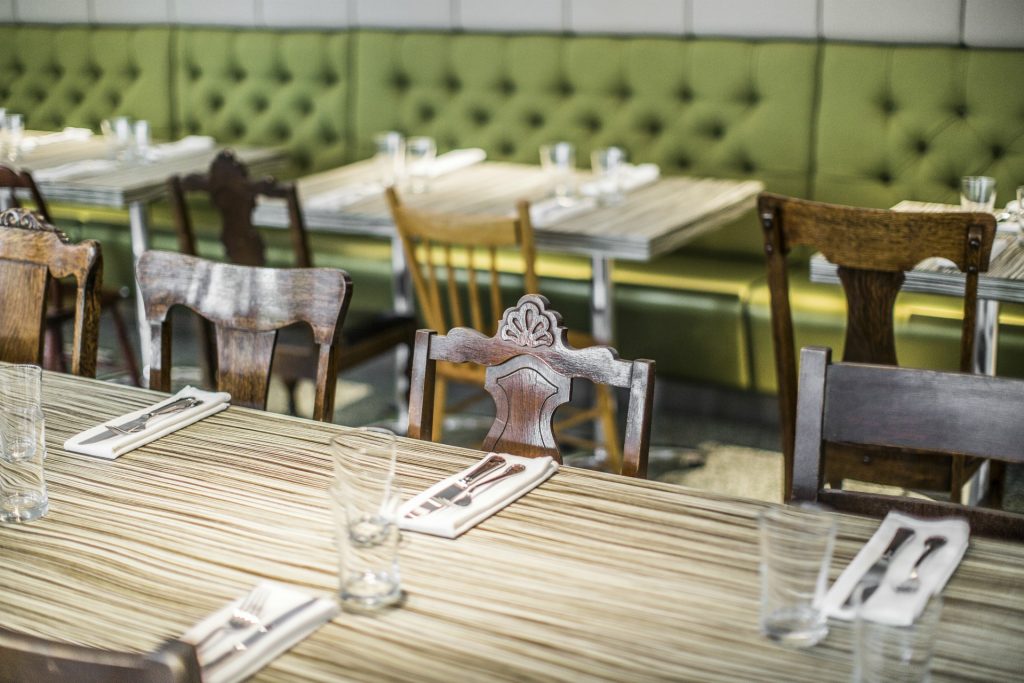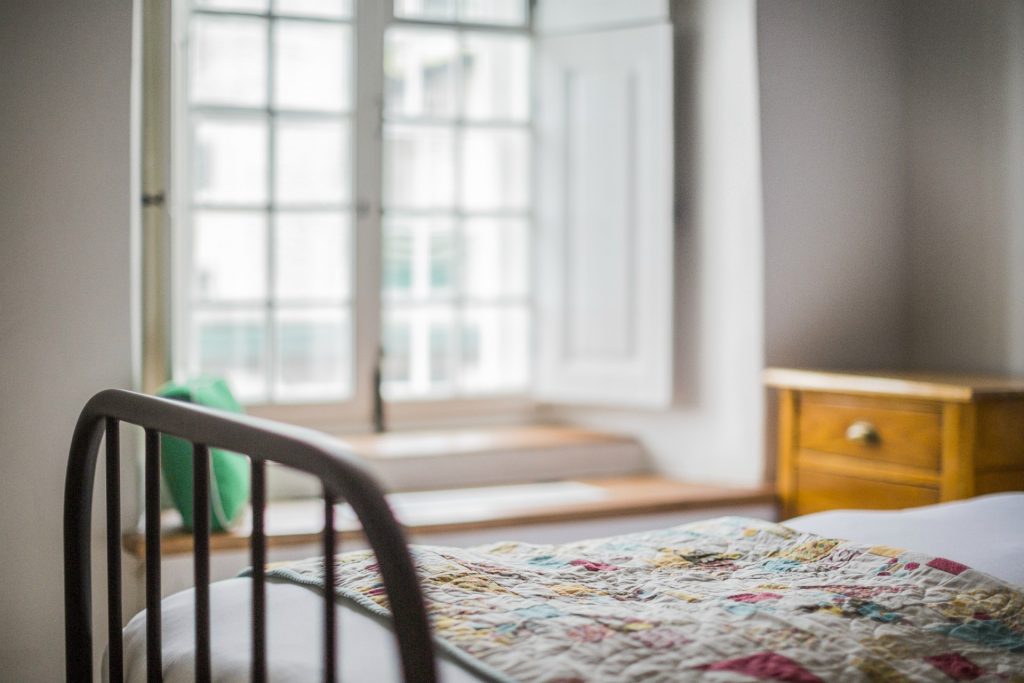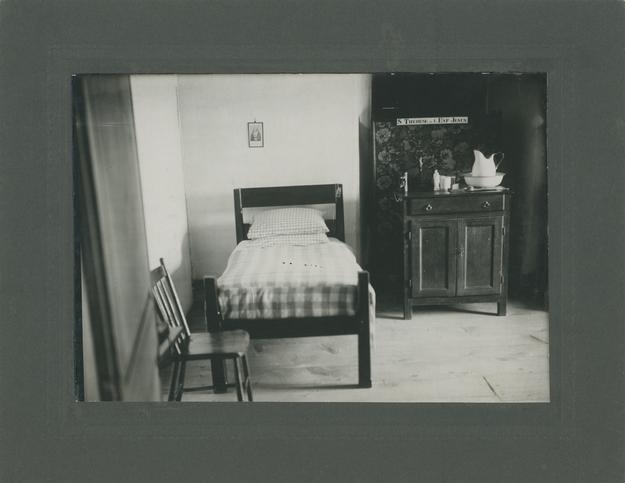A preference for simplicity at Le Monastère
When the monastery of the Hôtel-Dieu de Québec was rehabilitated, the artisans had a real consensus about the way the building should be; the old wings were the first thing where they focussed their work. Naturally, the highlight of the Augustinians architectural legacy was guided by their intangible, social and spiritual heritage.
The intangible heritage is actualized, among other things, by the manifestation of particular values. The value of simplicity to which the Augustinian Sisters adhere guided, for example, planning and museology decisions. Beyond concerns and disciplinary issues, simplicity and sobriety were one of the conceptual foundations in the multitude of decisions that had to be made.
Overall, Le Monastère monastery restoration project was the basis of a gigantic balancing act, in which showcasing the heritage received a contemporary treatment. In this heritage location, the contrast between the old and modern necessities found its full potential through minimalist choices and refined designs. Let’s see how this turned out at Le Monastère.

The simple power of evocation
At Le Monastère, each piece of furniture was carefully selected with one intention: to use the space without overloading it, while giving the building a “voice”. With such a reflection on the question of space, we are talking about an environmental museology, where the furniture bequeathed by the Augustinians occupies the premises by favoring a certain stripping that retains the spirit of the place. Our visitors do not fail to underline to us how the simplicity and the sobriety of the arrangement of the places as well as the development of the collections of Augustinian Sisters generate a powerful power of evocation. The sobriety of the building and its layout naturally conveys our intentions of welcome and hospitality.

Rest and sleep in modesty
The more contemporary areas in Le Monastère, like Le Restaurant and the entrance hall, recall the simplicity in the space in which the Augustinian Sisters lived and still live. Le Restaurant, for example, has a sober but warm atmosphere, especially because of the presence of vintage chairs (chosen directly from Le Monastère’s collection!) and the reproductions of magnificent photographs from our archives.
As for the hotel portion, we have chosen to preserve the authenticity of the sister’s rooms of the former cloister. These spaces are furnished with original pieces preserved for use, allowing us to convey the spirit of the nuns’ rooms and moreover to maintain the simplicity while ensuring our guests’ comfort. In these so-called “authentic” rooms, there is some furniture that came directly from Le Monastère’s collection. In the more contemporary rooms, the furniture is newer, but fits into the theme of simplicity to keep these rooms authentic.

The spirit of the current spaces in the monastery is no stranger to the Augustinians’ way of life. To ensure the same level of sobriety, the rooms have a single bed, small desk, no telephone or television, no superfluous decorations, and we seek to offer a more stripped-down experience, which, paradoxically, generates a singular experience of hospitality. Guests staying in these authentic rooms testify to the effect this sobriety has on their physical and mental rest.

Fonds Monastère des Augustines de l’Hôtel-Dieu de Québec (HDQ-F1-N1,2/5:3)
© Archives du Monastère des Augustines
Inheriting simplicity
At Le Monastère, we are attentive to the forms this simplicity can take in our organizational life. For example, in June, our Sustainable Development Committee invited employees to exchange their used clothes with co-workers for World Environment Day. This is a way to endorse the voluntary simplicity that was the Augustinian Sisters way of life well before it ever became a trend.
Claudine Papin,
Social Heritage Advisor
With the support of Ariane Blanchet-Robitaille, Curator, and Hugues St-Pierre, Digital Content Coordinator.

